
In my mind, the McLeod is the most versatile trail building tool. It’s a rake, a hoe, and a tamper, all in one. You can use a McLeod to clear duff, make a bench cut, and shape a berm. The new Backslope Clyde ($90) and Clyde Jr. ($69) trail tools take what’s great about the McLeod and make it even better with a smart design, quality materials, and durable construction. And in the case of the junior, builders get a portable version that’s handy for backcountry building. These tools are among Backslope’s best sellers for good reason.
The Backslope Clyde has a smaller and lighter head than a standard McLeod
The McLeod was originally designed as a firefighting tool. The US Forest Service even has an 18-page official spec for the tool that lays out, among other things, the grade of steel that must be used for the head, and that the handle must be made of Ash wood that’s “free from crooks, bows, cracks, splits, and scores.”
Since the Backslope Clyde is designed for building trails rather than fighting fires, company owner Greg Mazu was able to throw out the rule book when it comes to the McLeod. Gone is the wooden handle; in its place is a lighter-weight and more durable fiberglass version.
McLeod tools geared toward firefighting and landscaping, and sold by retailers like Grainger, typically have a head that’s about 10×8″ or 11×9″. If you’ve ever attended a trail work day, chances are you may have used a Nupla, with its distinctive yellow head and handle. The Backslope Clyde and Clyde Jr. are designed with smaller heads that are about 8.5×7″ and 8.5×5.5″, respectively.



The idea is that a smaller tool head is easier to handle and leads to less fatigue over time. Not only that, the head spreads cutting forces over a smaller area, making each chop more effective. It may seem counter-intuitive that a smaller tool is quicker and more effective than a larger one, but I can confirm this is the case. The Clyde Jr. makes particularly fast work of bench cutting, with the sharp blade slicing through thick, woody roots with ease.
One of the things I’ve had to learn over the years is that trail work is a marathon and not a sprint. My inclination is to get out there and start hacking with all my might, but after less than an hour I’m spent. Backslope says the Clyde head, made with 5mm thick steel, weighs about 2.6lb. The key, I’m told, is to let the weight of the tool do the work whenever possible. The sharp, beveled working edges are incredibly effective, and it feels like I’m able to do more work with less effort compared to other trail tools I’ve used. Including the handles, the Backslope Clyde weighs about 4.3lb and the Clyde Jr. weighs about 3lb.
Using the Backslope Clyde to rake, each pull covers a little less ground than a wider rake, but again, each motion requires a little less effort, so you can accomplish more work overall. For situations where a wider McLeod-like tool makes sense, the 16in-wide Backslope Bert could be a good choice.

I’ve been using the Clyde to create and shape a small dirt pump track in my backyard, and I’ve found it’s a great tool for the job. The hoe moves material into place, while the six-tine rake is good for starting to shape and level the dirt. For this project, I’ve been getting the most use out of the flat head, tamping dirt into place for a solid, smooth riding surface. The track isn’t done yet, but it’s getting there, and I know the Clyde will get plenty of use maintaining the track once it’s done.


Backslope Clyde tools feature six tines like most McLeod tools, but unlike those tools, there’s a larger gap between the third and fourth teeth. This is said to make the tools more easily stackable than others on the market.
The bright orange handles are another nice touch, so tools are less likely to get lost along the trail.
Repairable and designed to last
Both the Clyde and Clyde Jr. are designed to make swapping the handle as easy as removing a single bolt (or pin). The heat-treated steel heads feel incredibly solid with zero bend or flex at the tines.
“Our tool heads come from a small manufacturing facility in Taiwan and our fiberglass comes from a USA manufacturer,” Mazu told me in our podcast conversation last year. “We assemble our tools in Grand Junction to send out to you.”

Out of the box, the Clyde has sharp, beveled edges on the hoe and on each tine. After using the Clyde Jr. a fair bit, there are visible nicks along the thin cutting edge, and the black finish has worn away in various places. The blade still works great, and if/when it starts to feel dull, I’ll just sharpen it with a grinder at home. In places where the finish has worn off, the steel has started showing signs of rust, so I wiped it clean and applied a thin coat of cooking oil to ensure the tool lasts a very long time.

The Clyde Jr. is almost full-size, with a packable design
Between the Clyde and Clyde Jr., I’ve probably gotten more use out of the junior. Despite the short handle, it’s incredibly effective. In less than two hours, a friend and I bench cut a couple hundred yards of fresh singletrack, moving a lot of dirt in a short amount of time. I thought the short handle might slow me down or feel uncomfortable, but it proved to work well.

The Blackslope Clyde Jr. uses a wire-lock pin to secure the head and comes with either a 24″ (tested) or 42″ handle. I found it’s compact enough to carry with a hip pack, though I don’t recommend riding aggressively. The nylon straps on my pack aren’t able to grip the smooth fiberglass handle very well, so perhaps some kind of silicon or rubber decal would make the handle more strappable. Of course, a backpack is another carrying option, though again, the handle will need to be strapped to the outside of the pack. The Clyde Jr. comes with a head cover to protect the inside of your pack from dirt and sharp edges.
Backslope offers another packable McLeod-like tool called the Blaze. The head on the Blaze is much narrower, making it a good choice for cutting or detail work. If you need a tool that’s more compact or with another head — say a shovel or a pick — Trail Boss sells quality packable trail tools, too, though they tend to be pricey.


Bottom line
The Backslope Clyde and Clyde Jr. are quality trail tools with a smart design that gets the job done. Trail organizations will love them for their durability and stackability, while hobby builders like myself can appreciate their adaptability. If you only buy one trail building tool, I recommend getting the Clyde Jr. and picking up a second, longer handle from Backslope or your local hardware store for a wide range of uses.










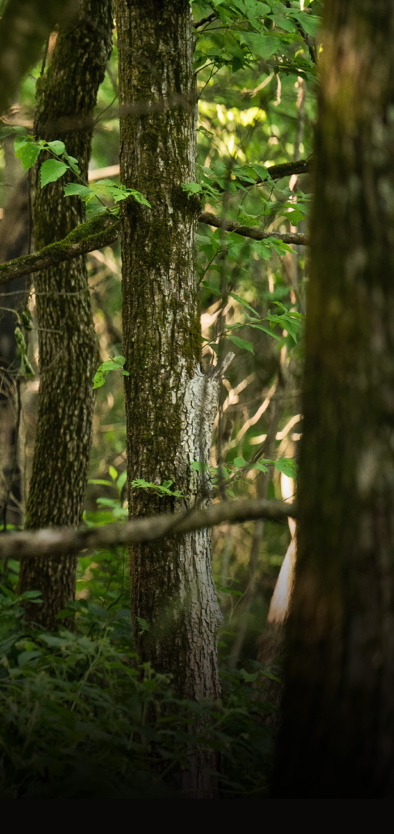

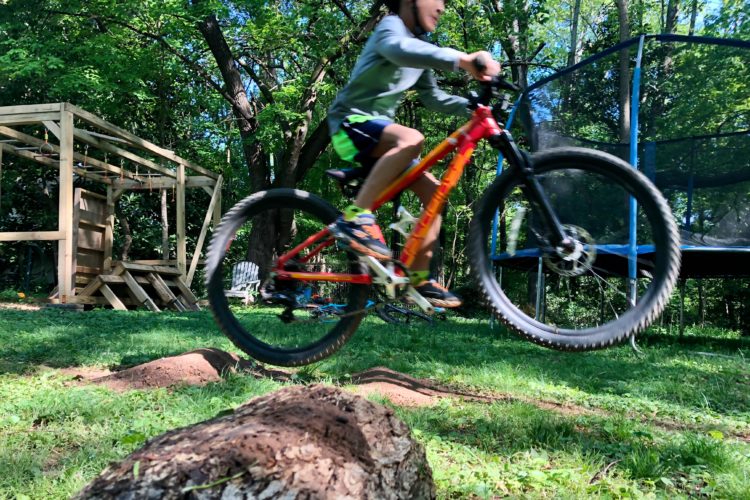
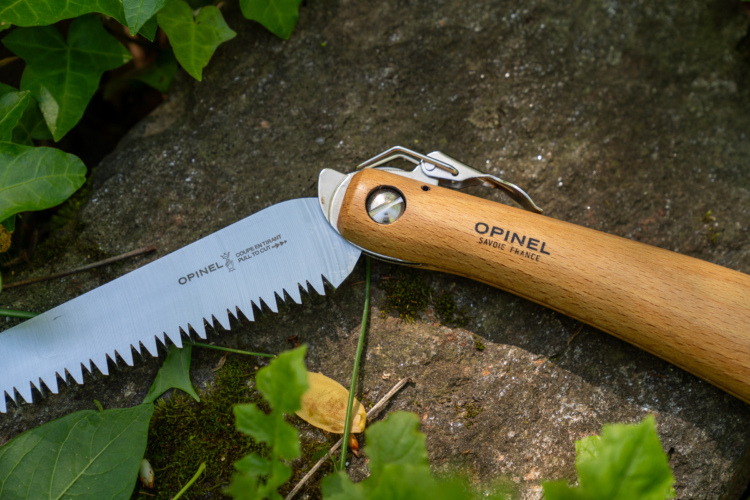
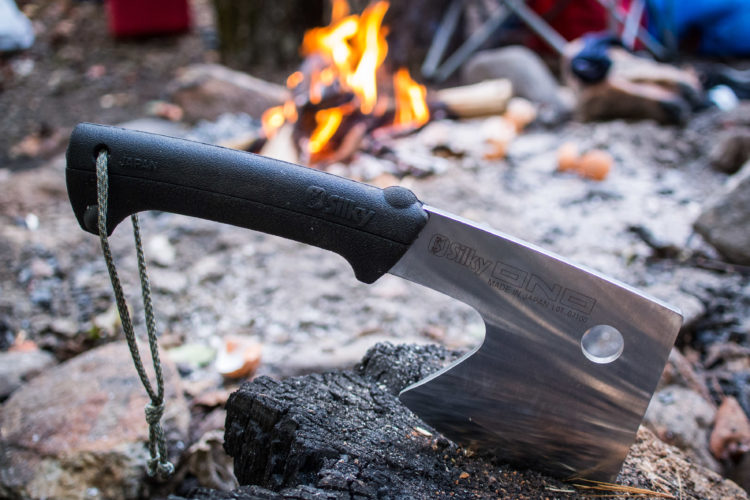
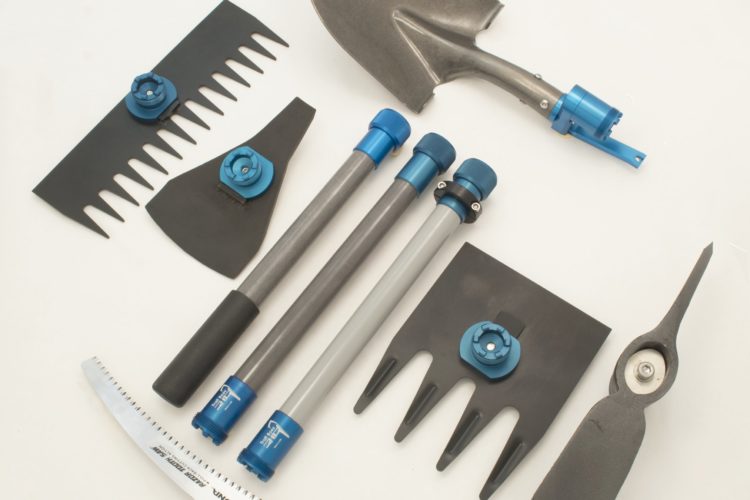
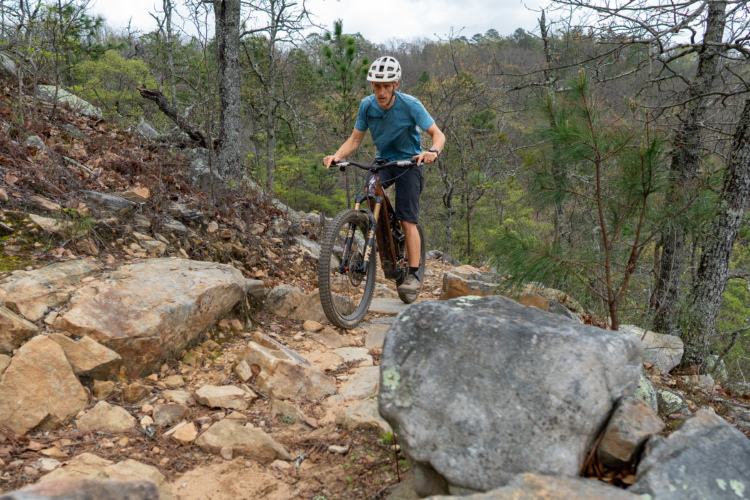

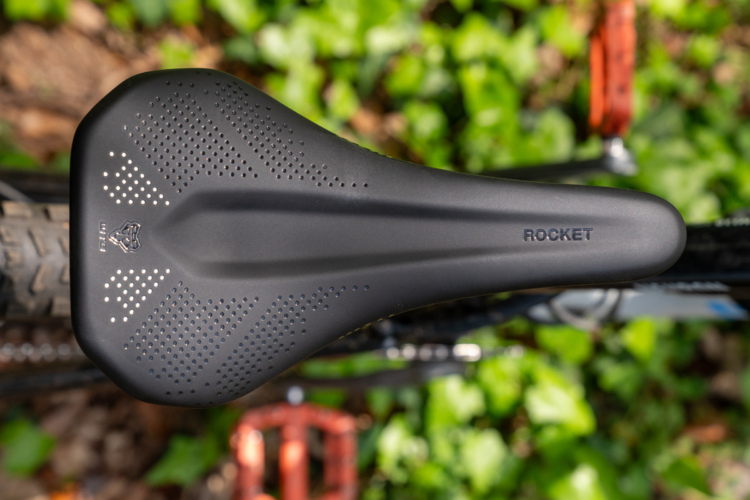


5 Comments
Feb 17, 2025
I really like the Mini Clyde for a packable tool and it is far more reasonable on price compared to other packable tools and is a great little trail weapon to carry for those small trail projects.
Feb 14, 2025
Rogue for the win.
Made in USA from recycled agricultural parts (although we don’t know where the steel originated)
https://roguehoe.com/about/
I have the 55hr and have used it extensively
Feb 14, 2025
Does Rogue have a tool with a more traditional McLeod-like head? The ones I've seen tend to be tapered and narrower than the Clyde and Clyde Jr, so not a big square surface for packing dirt.
Feb 16, 2025
Feb 16, 2025